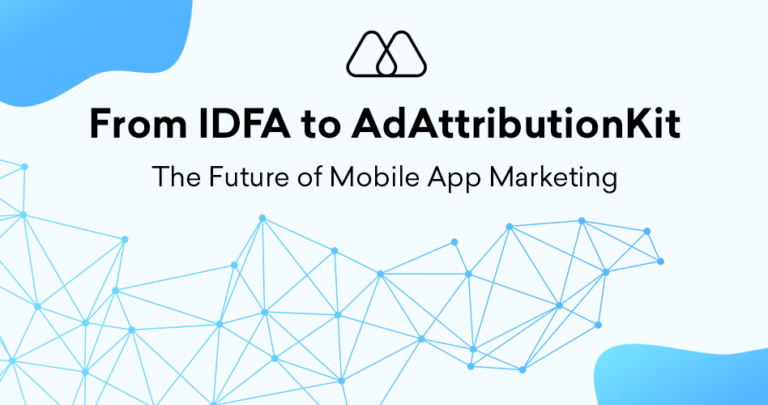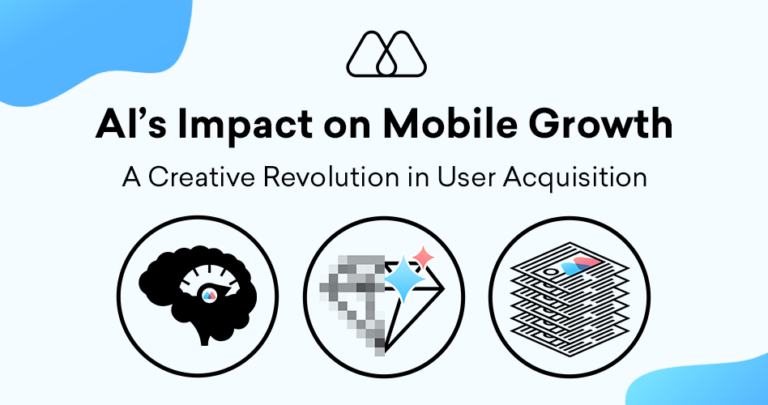In the data-driven world of mobile app marketing, a nuanced understanding of various cost metrics is crucial for campaign success. Cost Per Mille (CPM), often called “cost per thousand impressions”, plays a significant role in building brand awareness and driving user acquisition for mobile apps. This article delves into the intricacies of CPM in the mobile advertising landscape, exploring its definition, bidding strategies, optimization techniques, and role in achieving your mobile app marketing goals.
What is Cost Per Mille (CPM)?
Cost Per Mille (CPM) is a bidding model in mobile advertising where you, the advertiser, pay a specific amount for every one thousand times your ad is displayed within a mobile app or website. This model prioritizes brand awareness and impressions, making it ideal for promoting your app to a broad audience and establishing brand recognition within the mobile ecosystem.
Here’s a breakdown of the concept:
- You set a maximum CPM bid or the highest amount you’re willing to pay for every thousand impressions of your ad.
- Advertisers compete in an auction system, with the highest bid typically winning the ad placement.
- When your ad is displayed one thousand times, you are charged the actual CPM, which can be lower than your maximum bid depending on various factors.
Why is CPM Important for Mobile App Marketers?
Cost Per Mille (CPM) serves a distinct purpose within the marketing strategy for mobile app marketers. Here’s how understanding CPM benefits your app promotion efforts:
- Brand Awareness and Visibility: CPM campaigns allow you to showcase your app to a large audience, fostering brand recognition and establishing your app within the mobile space.
- Complements Other Strategies: CPM campaigns can effectively complement user acquisition efforts driven by cost-per-click (CPC) or cost-per-install (CPI) models. Building brand awareness through CPM sets the stage for targeted user acquisition campaigns.
- Reaches Specific User Segments: Many ad platforms allow audience targeting within CPM campaigns. This enables you to focus your impressions on demographics and interests most relevant to your target audience.
5 Key Takeaways for Optimizing CPM Campaigns in Mobile App Marketing
- Define Campaign Objectives: Clearly define your goals for the CPM campaign. Are you aiming for broad brand awareness, targeting a specific demographic, or retargeting past app users? Aligning goals with targeting options optimizes your campaign.
- Utilize Effective Ad Creatives: High-quality, engaging creatives are crucial for grabbing user attention within CPM campaigns. Invest in visuals and messaging that resonate with your target audience and effectively represent your app.
- Leverage Targeting Options: Explore the audience targeting features offered by ad platforms. This allows you to tailor your CPM campaigns to reach users with specific demographics, interests, and online behavior patterns, maximizing the impact of your impressions.
- Track and Analyze Performance: Monitor key metrics like impressions, click-through rates (CTR), and cost per click (CPC) alongside your CPM. Analyze this data to identify optimization opportunities and refine your CPM strategy for better results.
- Test Different Ad Formats: Experiment with various ad formats like banner ads, interstitial ads, or native ads within your CPM campaigns. Analyze performance to identify the ad formats that generate the most effective impressions for your app.
Beyond the Basics: Advanced CPM Strategies for Mobile Apps
For sophisticated mobile app marketers seeking to maximize the value extracted from their CPM campaigns, consider these advanced strategies:
- Frequency Capping: Set limits on the number of times your ad is shown to the same user within a specific timeframe. This prevents ad fatigue and ensures efficient use of your CPM budget.
- Geo-Targeting: Tailor your CPM campaigns to specific geographic locations. This allows you to focus impressions on regions with high app usage or potential for user acquisition.
- Day Parting: Schedule your CPM campaigns to run during specific times of day or days of the week when your target audience is most active. This optimizes your impressions and potentially lowers your CPM costs.
Cost Per Mille: A Strategic Tool for Mobile App Marketing
By understanding Cost Per Mille (CPM) and implementing effective optimization techniques, mobile app marketers can leverage the power of impressions to achieve their marketing goals. Here’s how a data-driven approach to CPM empowers your mobile app strategy:
- Builds Brand Awareness: CPM campaigns establish your app’s presence within the mobile ecosystem, paving the way for targeted user acquisition efforts.
- Data-Driven Optimization: By analyzing performance data, you can refine your CPM campaigns to reach the right audience with the most impactful creatives, maximizing the value of each impression.
- Measurable Impact: Tracking key metrics allows you to assess the overall effectiveness of your CPM campaigns and their contribution to your broader app marketing strategy.
In the competitive mobile app landscape, embracing Cost Per Mille (CPM) empowers you to execute a multifaceted marketing strategy. While not directly driving clicks or installs, CPM fosters brand awareness, setting the stage for successful user acquisition. By understanding CPM fundamentals, implementing strategic targeting, and leveraging advanced optimization techniques, you can unlock the true potential of impressions for your mobile app. This, in turn, fuels sustainable growth and positions you for long-term success within the mobile advertising ecosystem.




